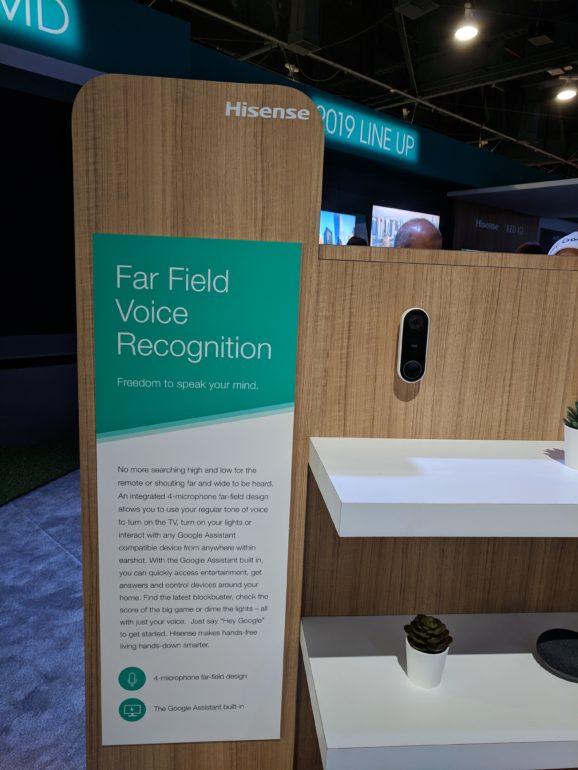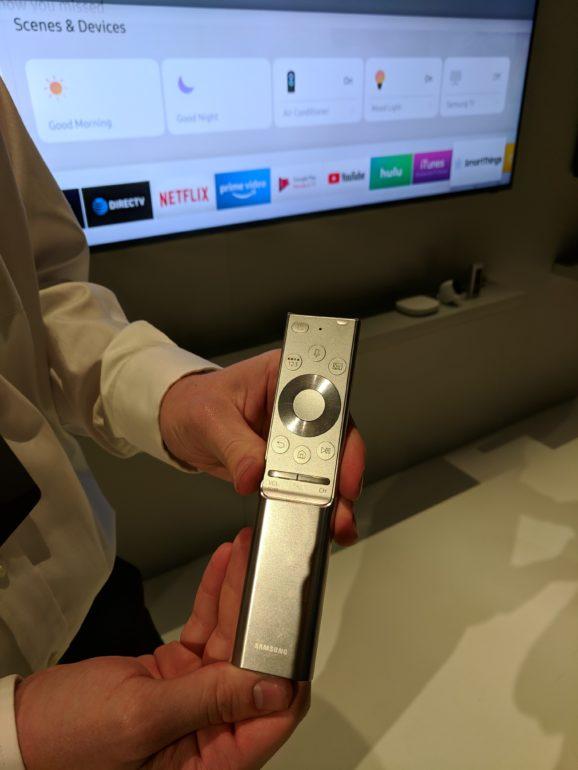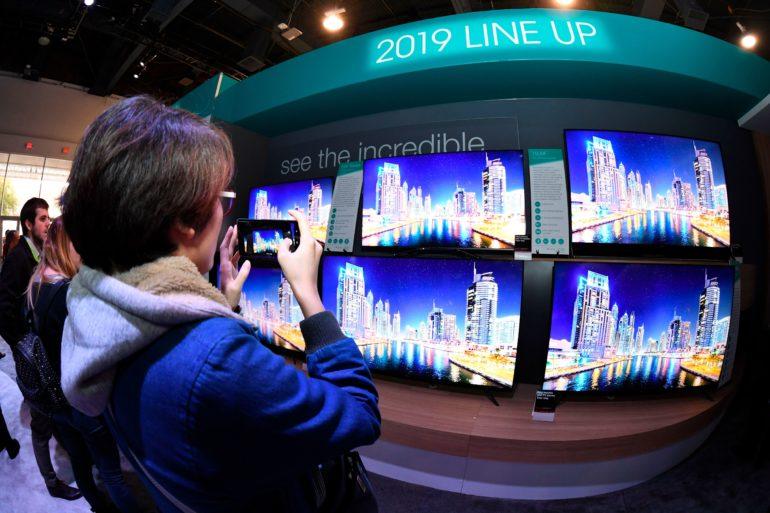CES Trend: Your Next Smart Speaker May Be a TV
By Janko Roettgers
LOS ANGELES (Variety.com) – Alexa, turn on the television: If you’re out to buy a new TV this year, you’ll find barely any brand name device that won’t offer voice control, often powered by Google Assistant or Amazon Alexa. And while the majority of these devices still require consumers to press a microphone button on their remote, you’ll also find some with far-field voice control on store shelves later this year, offering much of the same functionality as an Amazon Echo or Google Home smart speaker.
At the Consumer Electronics Show (CES) in Las Vegas, multiple companies announced new models that will include integrated microphones for smart speaker-like voice control. TCL revealed on Monday that it plans to ship select Roku TV models with “an integrated high-performance far-field mic array,” as the company put it in its press release.
The company is working with Roku to integrate technologies to deal with ambient noise, and it will also integrate Roku’s nascent entertainment assistant. Other companies who have committed to far-field voice control include Funai Corporation, which plans to release such a TV under the Philips brand later this year, and Hisense, which showed off a model with voice control on the show floor as well.
“No more searching high and low for the remote or shouting far and wide to be heard,” the promotional signage next to the TV declared.
touting far-field voice control for some of its upcoming TVs.
Even market leader Samsung is jumping on the far-field voice bandwagon, albeit with a twist. Instead of integrating microphones directly into the TV, like Hisense and others are doing, is using the included remote control for advanced voice functionality. Samsung voice remotes will still include a dedicated microphone button, but consumers will also be able to use the microphone button-free, and call out for the company’s Bixby smart assistant to help them change the channel, turn down the volume, or search for streaming content.
Samsung has yet to reveal some details on this far-field integration, but a company spokesperson said at a press event on Sunday night that the remote is likely going to pick up voice commands from up to 10 feet away. TV-based microphone integrations are likely going to be more powerful, and understand voice commands from across the room even while the TV is playing.
Samsung’s remote controls will gain far-field voice capabilities this year.
This could lead to a backlash from consumers not comfortable with voice technology, but smart speakers have already broadened the acceptance of microphones in people’s homes. Emarketer recently estimated that 74.2 million people will use a smart speaker in the U.S. alone this year.
The growing acceptance of smart speakers also teaches TV makers something about the way consumers use these technologies. One lesson often repeated by industry insiders: Smart speakers are used very differently than voice remotes. Consumers who press a button on their remote often stick to short search queries. Exchanges with smart speakers are a lot more conversational and often broader, which can make it harder for smart TVs to suggest the right movie or TV show.
“The challenge is going to be discoverability,” said Gracenote vice president of product development Greg Gentschev. That’s one reason the Nielsen subsidiary has ben building out a new TV data product that describes movies and TV shows by mood, theme, and scenario. “We’ve got around 2,400 keywords in our hierarchy,” said Gracenote chief product officer Simon Adams.
Using descriptive tags like “greed” and “betrayal,” as well as “dark” and “gripping” for a show like “Game of Thrones,” Gracenote hopes to make both personalized content recommendations as well as voice search for smart TV platforms and video services a lot more effective. And while most of those keywords are still assigned by human editors, the company is looking to over time also increase the use of artificial intelligence to categorize a growing amount of available content.
It will likely be some time before consumers truly get to embrace voice-optimized experiences powered by far-field microphones on their TVs. Market research data suggests they’re ready for it. Data released by Adobe Analytics in December revealed that 63% of all smart speaker owners have such a device in their living room.



